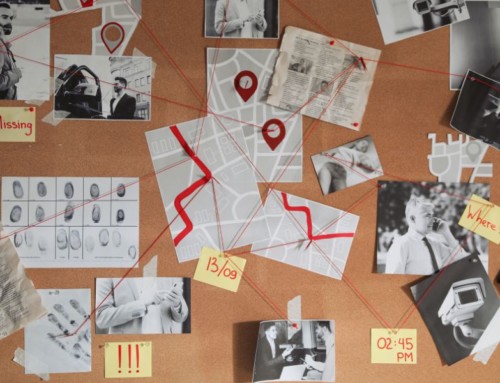TheYour
Crime fiction is a popular mystery genre that has always captivated readers. The excitement of a fast-paced thriller or the intrigue of a classic whodunit keep readers coming back for more, and there are certain elements that make crime fiction so addictive.
In this article, we’re taking a closer look at three key elements that are essential to any great crime fiction story.
The Setting in Crime Fiction
The first key element of crime fiction is using a good location setting. A well-crafted setting should transport readers to a different time and place and immerse them into the story. The setting creates a sense of realism that is essential to the crime fiction genre. In many books, the setting acts almost like a character. Oftentimes, the setting can influence the actions of the other characters and drive your plot forward.
Consider the classic detective novel The Maltese Falcon. Dashiell Hammett has the story set in 1920s San Francisco, and he makes the city an integral part of the story. The seedy bars, busy streets, and corrupt police department contribute to the sense of danger and intrigue that permeates Hammett’s novel.
Drop Clues Like Breadcrumbs
The second key element of crime fiction is dropping clues like breadcrumbs. This keeps readers engaged and guessing. Whether you string together a series of clues that end up revealing the villain’s identity or a twist ending that turns your entire story on its head, small clues are an essential part of creating tension and suspense in your story.
Take Agatha Christie’s Murder on the Orient Express for example. Detective Hercule Poirot uncovers various clues during his investigation of the murder of a passenger on the train, and these are the breadcrumbs dropped for readers. Christie carefully crafted the clues to mislead the reader and keep them guessing until the very end, which is when Poirot reveals the true identity of the killer.
Strong Character Motivations
The last key element of a crime fiction story is strong character motivations. Your characters must have clear and compelling reasons for doing what they do. Is your detective driven by a need for justice? Is your criminal motivated by revenge?
In Gillian Flynn’s Gone Girl, Nick and Amy Dunne are motivated by complex and conflicting desires. Nick needs to clear his name after he becomes a suspect in his wife’s disappearance. Amy seeks revenge against her husband. These conflicting motivations create a sense of tension and suspense that drives the plot forward and keeps readers engaged.







Leave A Comment